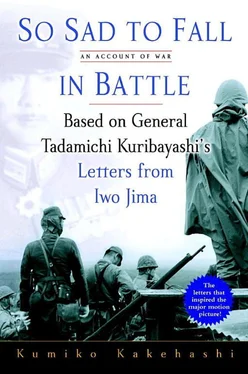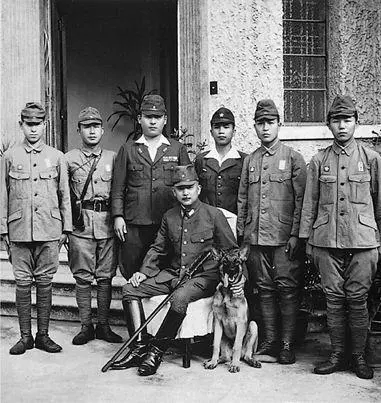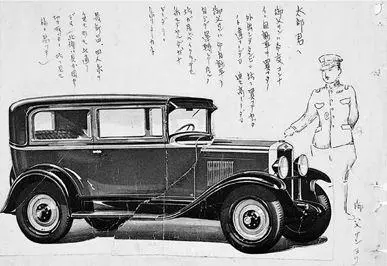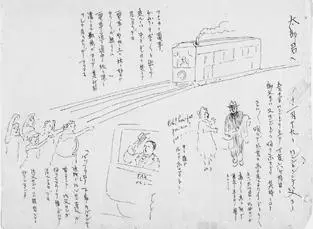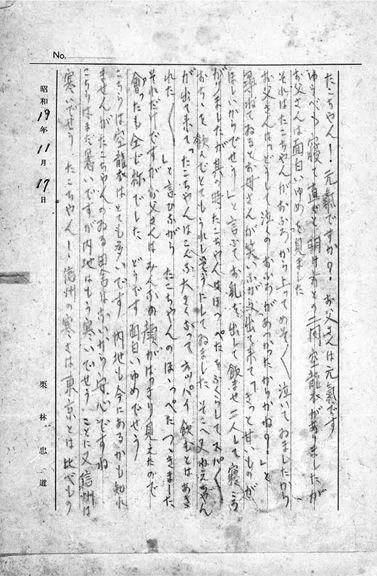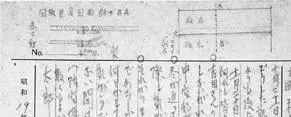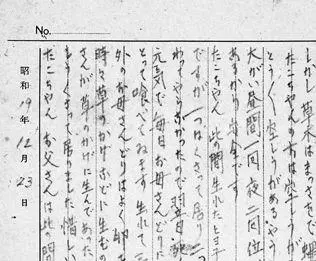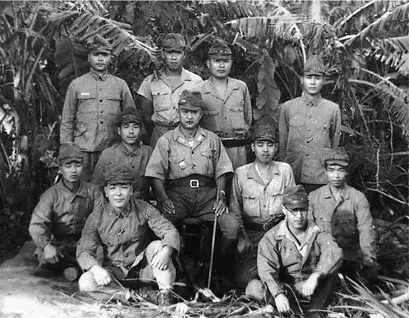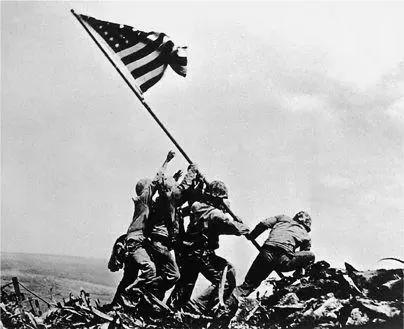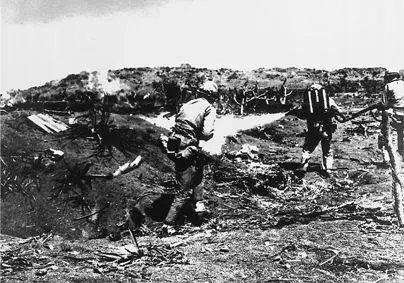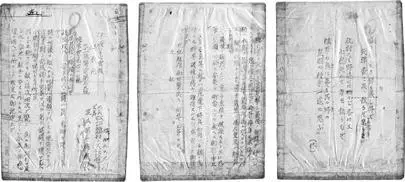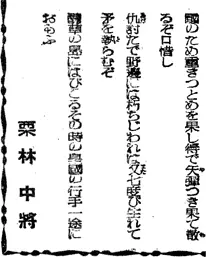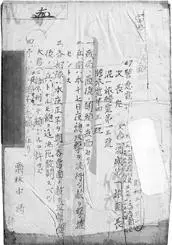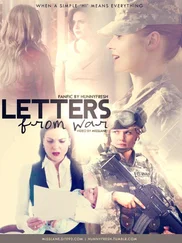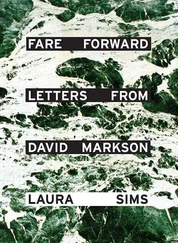Kumiko Kakehashi - So Sad to Fall in Battle - An Account of War Based on General Tadamichi Kuribayashi's Letters from Iwo Jima
Здесь есть возможность читать онлайн «Kumiko Kakehashi - So Sad to Fall in Battle - An Account of War Based on General Tadamichi Kuribayashi's Letters from Iwo Jima» весь текст электронной книги совершенно бесплатно (целиком полную версию без сокращений). В некоторых случаях можно слушать аудио, скачать через торрент в формате fb2 и присутствует краткое содержание. Город: New York, Год выпуска: 2007, ISBN: 2007, Издательство: Presidio Press, Жанр: Биографии и Мемуары, military_history, на английском языке. Описание произведения, (предисловие) а так же отзывы посетителей доступны на портале библиотеки ЛибКат.
- Название:So Sad to Fall in Battle: An Account of War Based on General Tadamichi Kuribayashi's Letters from Iwo Jima
- Автор:
- Издательство:Presidio Press
- Жанр:
- Год:2007
- Город:New York
- ISBN:978-0-307-49791-8
- Рейтинг книги:3 / 5. Голосов: 1
-
Избранное:Добавить в избранное
- Отзывы:
-
Ваша оценка:
So Sad to Fall in Battle: An Account of War Based on General Tadamichi Kuribayashi's Letters from Iwo Jima: краткое содержание, описание и аннотация
Предлагаем к чтению аннотацию, описание, краткое содержание или предисловие (зависит от того, что написал сам автор книги «So Sad to Fall in Battle: An Account of War Based on General Tadamichi Kuribayashi's Letters from Iwo Jima»). Если вы не нашли необходимую информацию о книге — напишите в комментариях, мы постараемся отыскать её.
As author Kumiko Kakehashi demonstrates, Kuribayashi was far from the stereotypical fanatic Japanese warrior. Unique among his country’s officers, he refused to risk his men’s lives in suicidal banzai attacks, instead creating a defensive, insurgent style of combat that eventually became the Japanese standard. On Iwo Jima, he eschewed the special treatment due to him as an officer, enduring the same difficult conditions as his men, and personally walked every inch of the island to plan the positions of thousands of underground bunkers and tunnels. The very flagpole used in the renowned photograph was a pipe from a complex water collection system the general himself engineered.
Exclusive interviews with survivors reveal that as the tide turned against him, Kuribayashi displayed his true mettle: Though offered a safer post on another island, he chose to stay with his men, fighting alongside them in a final, fearless, and ultimately hopeless three-hour siege.
After thirty-six cataclysmic days on Iwo Jima, Kurbiayashi’s troops were responsible for the deaths of a third of all U.S. Marines killed during the entire four-year Pacific conflict, making him, in the end, America’s most feared—and respected—foe. Ironically, it was Kuribayashi’s own memories of his military training in America in the 1920s, and his admiration for this country’s rich, gregarious, and self-reliant people, that made him fear ever facing them in combat—a feeling that some suspect prompted his superiors to send him to Iwo Jima, where he met his fate.
Along with the words of his son and daughter, which offer unique insight into the private man, Kuribayashi’s own letters cited extensively in this book paint a stirring portrait of the circumstances that shaped him. So Sad to Fall in Battle tells a fascinating, never-before-told story and introduces America, as if for the first time, to one of its most worthy adversaries.
